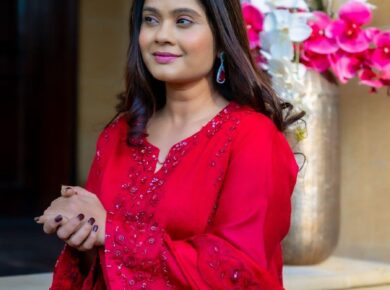Blending Tradition and Modernity: The Unique Architecture of Mosques in the UAE
The United Arab Emirates (UAE) is renowned for its magnificent and modern architecture, and the same can be seen in the design of its mosques. Mosques in the UAE are not only places of worship, but they are also an integral part of the country’s cultural and architectural landscape. The architecture of the mosques in the UAE is a unique blend of tradition and modernity, reflecting the country’s rich cultural heritage and its vision for the future.
Traditional Elements in Mosque Architecture The architecture of the mosques in the UAE has been heavily influenced by traditional Islamic architecture. The traditional elements of Islamic architecture can be seen in the use of geometric patterns, calligraphy, and decorative motifs in the design of the mosques. These elements reflect the Islamic belief in the importance of beauty and decoration in the worship of God.
One of the most prominent traditional elements in mosque architecture is the dome. The dome is a symbol of the heavens and is often used to represent the vastness of God’s creation. The domes of the mosques in the UAE are often large and prominent, and are typically decorated with intricate patterns and designs.
Another traditional element in mosque architecture is the minaret. The minaret is a tower from which the call to prayer is made. The minarets of the mosques in the UAE are often tall and slender, and are typically decorated with intricate patterns and designs.
Modern Elements in Mosque Architecture While traditional elements are an important part of mosque architecture in the UAE, modern elements are also incorporated into the design of these structures. The modern elements reflect the country’s commitment to innovation and its vision for the future.
One of the most prominent modern elements in mosque architecture in the UAE is the use of modern materials. Many of the mosques in the country are made from glass, steel, and other modern materials, which give them a sleek and contemporary look.
Another modern element in mosque architecture in the UAE is the use of technology. Many of the mosques in the country are equipped with modern technology, such as audio systems and multimedia displays, which are used to enhance the worship experience.
Integration of Traditional and Modern Elements The mosques in the UAE demonstrate a unique integration of traditional and modern elements. Rather than being separate and distinct, the traditional and modern elements are blended together to create a seamless and harmonious whole.
For example, many of the modern mosques in the UAE incorporate traditional elements such as calligraphy, geometric patterns, and decorative motifs into their design. The result is a mosque that is both modern and traditional, reflecting the country’s rich cultural heritage and its vision for the future.
In conclusion, the architecture of the mosques in the UAE is a unique blend of tradition and modernity. The traditional elements of Islamic architecture are blended with modern elements, such as the use of modern materials and technology, to create a harmonious and seamless whole. The mosques in the UAE are not only places of worship but are also a reflection of the country’s rich cultural heritage and its vision for the future.




